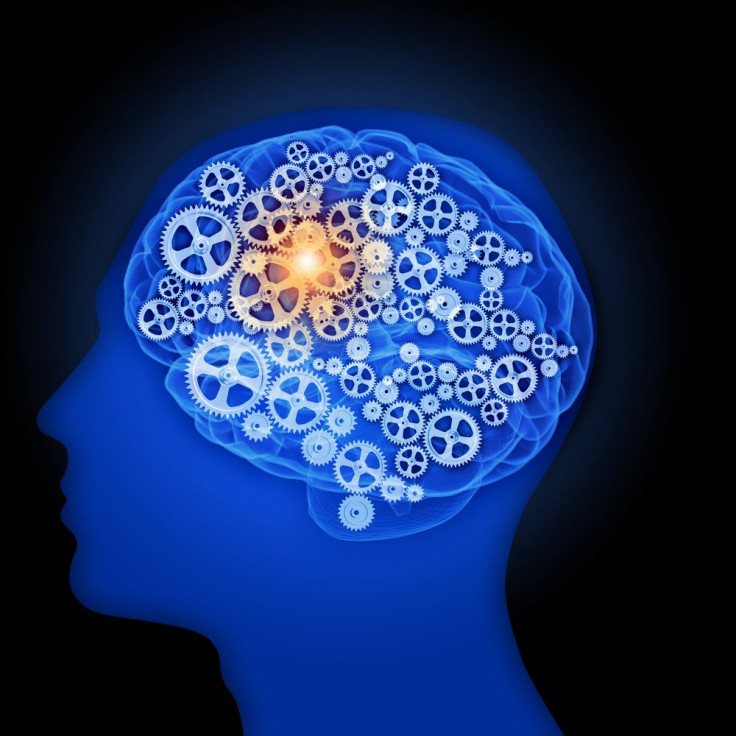New Hypothesis Explaining The Human Mind's Complexity Faces Criticism

The size of the human brain and its complex and intricate cognitive abilities — such as decision-making, inferring what people are thinking, and retrieving memories — have intrigued scientists for years. What makes the human mind so special? And how did our brains get to this point? In a review paper published in the journal Trends in Cognitive Science, two Harvard neuroscientists describe the so-called tethering hypothesis, a theory that, in its simplicity, started a small Internet debate among experts.
The human brain is already three times the size of our closest living evolutionary relative, chimpanzees. In the review paper, Harvard scientists Randy L. Buckner and Fenne M. Krienen describe how our ancestors long-ago had smaller brains, containing simpler, tightly-packed neurons that made up areas such as the visual cortex and somatosensory cortex (which handles the sense of touch), The New York Times reported. These areas are responsible for basic cognition, in which one area interacts with another, making quick, almost instinctual decisions.
But the “rapid expansion of” our ancestor’s brains “may have untethered large portions of the cortex,” causing them to spread, and new neuronal networks to grow in order to fill in any gaps, the scientists wrote. These new networks, known as the association cortex, are larger than in other mammals, and they’re responsible for the type of thought that allows us to self-reflect, plan, use language, and conduct other complex mental processes.
The reason they formed, the scientists say, is because the exponential growth of the brain caused the main cortices to move further away. “They may have broken off and formed a new circuit,” Buckner told The New York Times. This distance forced the creation of new neurons in-between, which are able to relay information from one cortex to the other, while at the same time buffering the rapid response typical of other mammalian species.
Both scientists plan on testing the hypothesis in the future, in part by mapping the brains of other evolutionary relatives, such as chimpanzees. “We’re hoping that in the next 10 or 15 years, that might be possible,” Dr. Buckner told The Times. But while the hypothesis is fairly solid — and simple — it doesn’t describe why our brains suddenly expanded and why human brains are capable of complex thought, neuroscientist P. Z. Myers wrote in a critique of both the review paper and The Times article on his science blog Pharyngula. Myers' most important question, however, is “Why are they talking about things being pulled apart, when expansion of the brain is not caused by external forces pulling on it, but on internal forces of growth generating more tissue between known cortical zones?”
To support his critique, Myers describes the growth of the nervous system in a zebrafish embryo. At 18 hours after fertilization, the embryo’s spinal cord is two millimeters long, and the first neurons begin to appear. “Cells in the hindbrain send axons all that distance (two millimeters is a long way in an embryo!), and as they grow, they make a little knot of synapses every 40 to 50 micrometers with cells called primary motoneurons,” he wrote. Essentially, his argument comes down to the fact that growth is integral to the developing nervous system, so “why would you postulate that a failure of developmental processes was an essential element of human evolution?”
The plot thickened, as the author of the NYT article, Carl Zimmer, responded in a blog post on National Geographic. Zimmer, however, only acknowledged that he was doing his job as a journalist, and that it included reporting on the findings of scientists “with a proven track record” who were “expanding their work on human brains to a comparison to other species.”
“It wouldn’t surprise me that another scientist — in this case, Myers — disagrees. That’s how science works; recognizing that, I’ve included plenty of critics in my articles over the years,” Zimmer wrote. “What does surprise me is that Myers would use a scientific critique to impugn my capacity as a journalist.”
Source: Buckner R, Krienen F. The evolution of distributed association networks in the human brain. Trends in Cognitive Sciences. 2013.



























